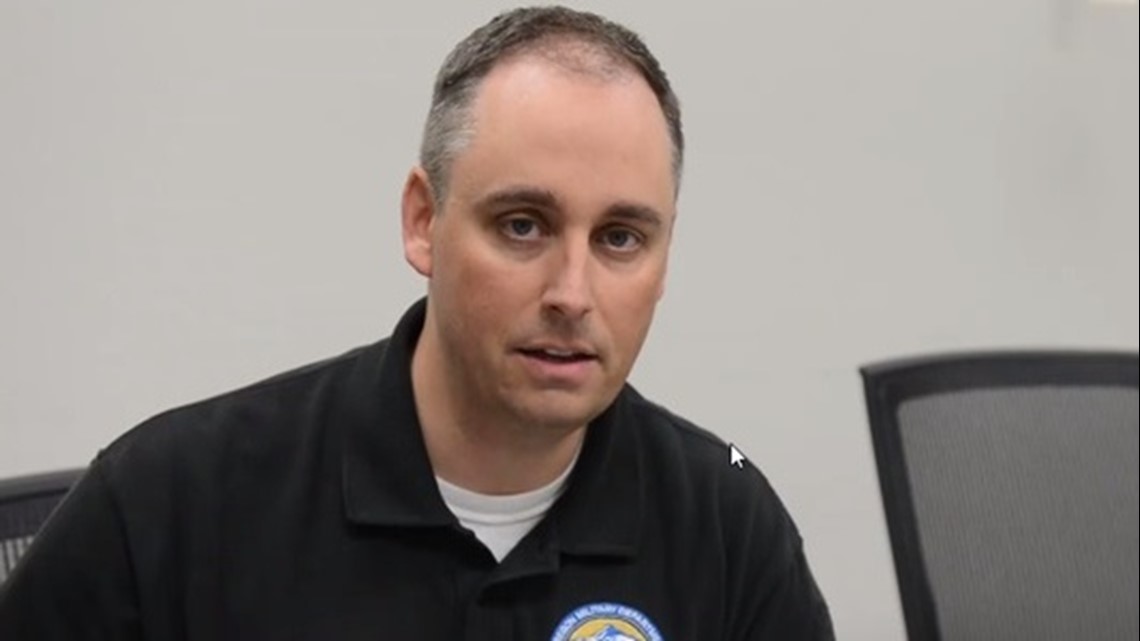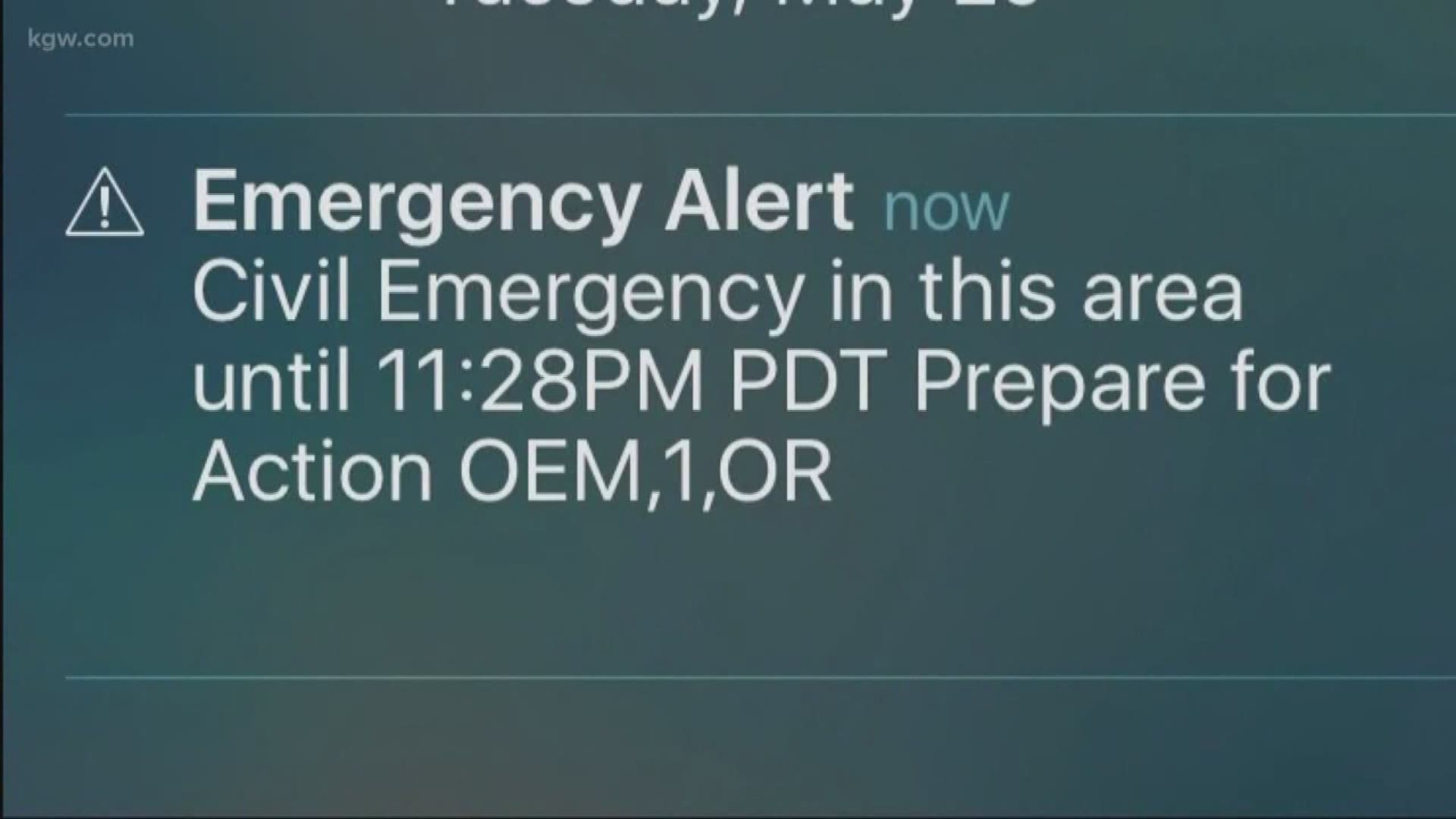The head of Oregon's Office of Emergency Management is apologizing after his agency sent a vague wireless emergency alert without "specific information we had meant to send" about Salem's contaminated drinking water advisory.
"This was a failure on our part," Andrew Phelps, director of the emergency agency, said in a video posted to social media.
Phelps said the integrated public alert and warning system "inadvertently defaulted to a generic message." He said agency officials rushed to give updates on social media and manually override the generic message, pushing another alert with information on the water advisory.
Salem city officials on Tuesday released a do-not-drink advisory after low levels of toxins were discovered in city drinking water from the North Santiam River. The advisory was extended for an unspecified period when new test results came in on Thursday.
The advisory is for children younger than 6 years old and vulnerable populations, including dialysis patients and those with compromised immune systems. Officials say there is no danger for healthy adults drinking the water, which is also used in other towns, including Stayton and Turner.
The advisory set off a run on bottled water a local grocery stores, and city officials remain unsure when the warning will be lifted.
In an interview Wednesday with the Statesman Journal, Phelps said Tuesday marked the first time ever the state had used its wireless emergency alert system.
"As soon as we saw it on our own phones, yeah, we knew pretty quickly that it did not work the way we had expected it to work," he said.
Phelps said a senior IT staff member trained on the emergency alert system typed in the message with approval from an executive duty officer, he said.
For the alert, the city of Salem had adapted language from the Oregon Health Authority.
Marion County did not send the alert because it doesn't have that ability, so the Marion Area Multi-Agency Emergency Telecommunications Dispatch Center in Woodburn was asked to send it, said Jolene Kelley, spokeswoman for Marion County.
However, a technical issue stopped the dispatch center from being able to send it, so the Office of Emergency Management was contacted as a backup, Kelley said.
"Generally these messages ... get sent out at the local level or if it's a weather issue, they get sent out by the National Weather Service," Phelps said. "So, this was the first time we've ever initiated a wireless emergency alert. Usually it's something that the locals handle."
Phelps said no testing options exist for the wireless alerts, though the television and radio alert system is tested weekly. He said officials are trained on the emergency alert system via Federal Emergency Management Agency trainings posted online.


Phelps said the wireless alert went to phones within the area served by the affected water system, while another alert went to television and radio broadcasters that serve the affected area.
"We are conducting a forensic analysis of the steps we took to send this message and to ensure our procedures are written and practiced in a way that will prevent confusing messages from being sent ... in the future," Phelps said.
The Office of Emergency Management said in an earlier statement Tuesday: "This was a technology issue which OEM is currently working to learn how and why it happened."
Policy expert Jim Moore pointed to similarities between Oregon's blunder and an incident earlier this year when an emergency alert in Hawaii warned of a ballistic missile strike that sparked massive panic.
"Just like Hawaii and the missile alert, there is work to do," said Moore, director of the Tom McCall Center for Policy Innovation at Pacific University.
"Whether this was software, human error, or confused communications, the first message just created a mild form of panic. It is the job of OEM’s communications to actually communicate to the public, not confuse it," Moore said.
Still, Moore said, clearer communications in the past have spurred other problems, such as an incident in the 1980s where a tsunami warning for areas along the coast drew spectators from the Willamette Valley wanting to see the event.
"This points out the problem," Moore said. "It is not just the quality of communication from OEM, it is the listeners’ abilities to act appropriately on that information that will determine how people deal with the 'big one,' out there somewhere off the coast."
Email jbach@statesmanjournal.com, call (503) 399-6714 or follow on Twitter @jonathanmbach.

